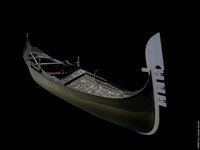Hellgelbes, querformatiges Band.
"Du wolltest den Frieden, man zwang Dich zum Kriege. Jetzt schenkt Dir der Herrgott die herrlichsten Siege. "Gott schütze unseren Kaiser". Was viele erstrebten, Dir ist es gelungen, Du hast der Parteien Zwietracht bezwungen. Der Kaiser rief und alle alle kamen. Vivat!"
Entwerfer: Carl Credé-Hoerder (1878-1952) Berlin.
Aus der Mappe "Vivat" mit 103 Vivatbändern des Ersten Weltkrieges zugunsten des Roten Kreuzes und der Volkswohlfahrt.
Erwerbungsort: Berlin
en

